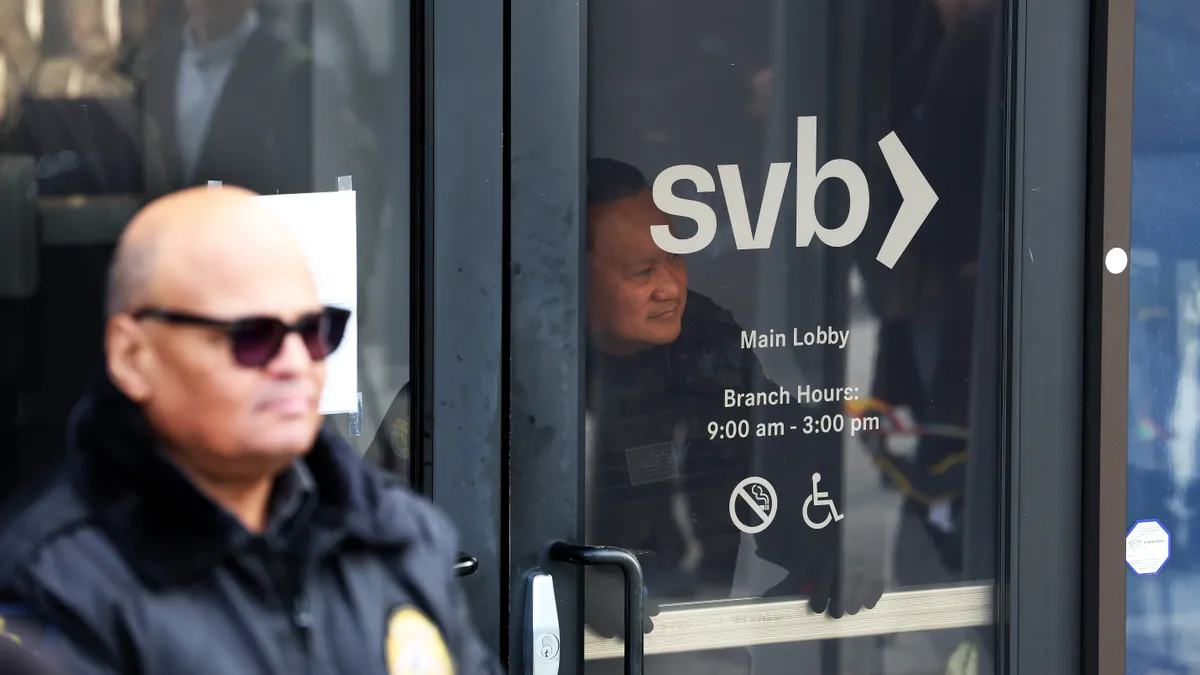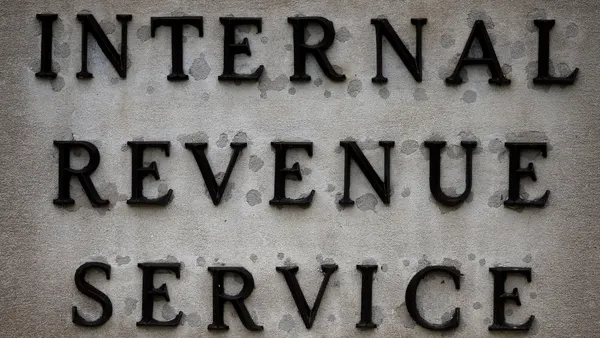Concerns over macroeconomic risks such as inflation and liquidity issues have shot up in the minds of treasury professionals, leading some to turn to big banks for stability, according to a recent survey from the Association for Financial Professionals, the “2023 AFP Risk Survey Report: Treasury’s Role in Supporting Organizations in an Uncertain Risk Environment.”
When asked what the most challenging risks to manage were, 43% of treasurers cited macroeconomic risks including the pace of gross domestic product growth and inflation compared to 33% in the previous study back in 2021. In contrast, concerns over strategic risks to their specific businesses such as competitors and industry disruptions fell to 25% from 37%.
That’s because the collapse of Silicon Valley Bank and other major financial institutions earlier this year certainly has refocused treasurers on the broader economy as compared to two years ago when most businesses were focused on keeping their own businesses running in spite of the disruptions from the pandemic.
“What happened in March with the regional bank crises, it’s a shift in the risk focus, it’s less ‘gosh, what are my business outlooks, I’m going to make decisions based on my capital requirements and plan where I’ll spend and where I’ll invest,’” Tom Hunt, director of treasury services and payments with the AFP. “Now it’s more a focus on ‘gosh, maybe I need to rethink my whole bank relationship policy.”
The report said that, to protect against instability with banking partners, 48% of treasury departments are focused on concentrating their organizations’ partnerships with larger banks for services. Furthermore, they are also doing more due diligence regarding bank safety and soundness.
“I think what prompted it more this time was the timing: the rapid collapse of SVB, which had a very strong balance sheet but still went under,” Hunt said. “A lot of corporates who had exposure to SVB really tried to mitigate their risk and what exposures they had.”
The survey found treasurers were also turning to cost-cutting to further control risk. Overall, 65% of organizations are planning cost-cutting and expense controls over the next 12 months. This includes measures such as reviewing pricing, seeking more favorable vendors and extending days payable outstanding.
Such measures, according to Hunt, are part and parcel to the treasurer’s role of ensuring the smooth running of the organization’s finances. While acting on broad strategic mandates from the CFO’s office, most treasurers have broad discretion within those mandates to find the best solution for problems, thus reflecting the wide range of possible responses to growing risk.
But he added that treasurers are not doing this in a vacuum. Just as the CFO has been shifting to a more strategic role, treasury professionals are increasingly integrated with the organization as a whole. This allows them to coordinate actions with sales or procurement on purchases, or legal on potential acquisitions. This is a more recent development that came from the disruption of the pandemic.
“Treasury has a bigger seat at the table now,” Hunt said.













